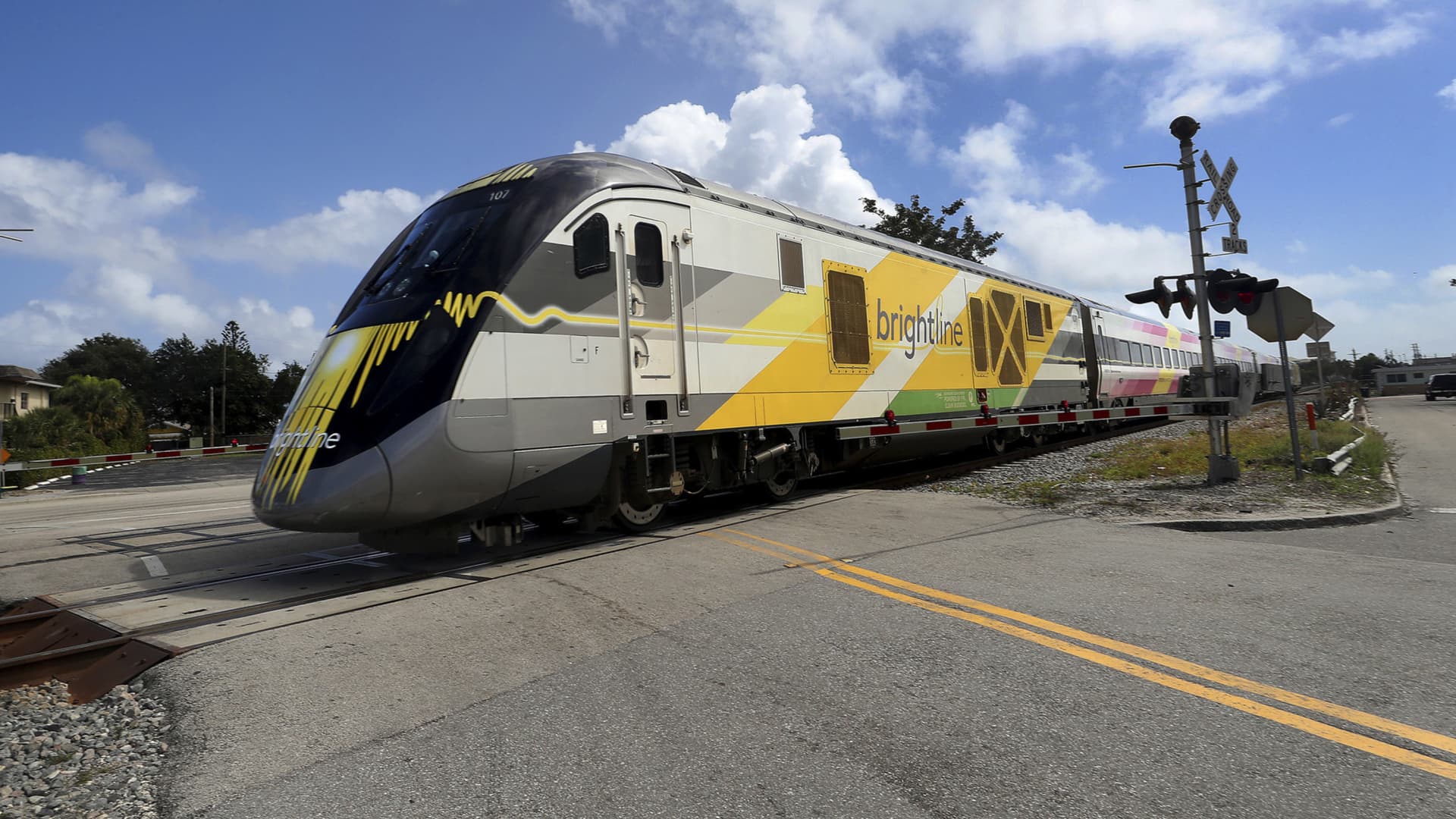Passenger rail in the United States has long been dominated by Amtrak, which often suffers from high ticket prices and delays. However, one innovative Florida-based company is striving to change the game. Brightline, owned by Fortress Investment Group, believes that privatized passenger rail could offer a superior alternative.
In 2018, Brightline successfully launched the first privately funded passenger rail route in the US in over a century, connecting Miami to West Palm Beach. This groundbreaking achievement will soon be followed by an expansion line to Orlando, set to open in late August. Brightline estimates that the entire project cost a staggering $6 billion.
Wes Edens, co-founder and principal of Fortress Investment Group and the visionary behind Brightline, remarks, “When you consider all the city pairs in the country, Miami to Orlando stands out as a top choice. The 230-mile journey between them is quite unpleasant, fraught with numerous challenges.”
Once fully operational, Brightline anticipates transporting approximately 8 million passengers annually in Florida alone. Mike Reininger, CEO of Brightline, expresses confidence in their prospects, stating, “With such high levels of ridership, we expect to achieve significant profitability.”
In addition to its achievements in Florida, Brightline has ambitious plans to create the first dedicated high-speed passenger rail line in the US, linking Los Angeles and Las Vegas. Construction is scheduled to commence later this year. Sarah Watterson, president of Brightline West, envisions their project as a blueprint for America’s high-speed rail industry. She emphasizes their commitment to utilizing American union labor and generating thousands of jobs.
Brightline aims to complete the Los Angeles to Las Vegas line before the LA 2028 Olympics, with an estimated cost of $12 billion. To secure funding, the company is seeking to cover approximately one-third of the cost, or $3.75 billion, through a federal grant in collaboration with the Nevada Department of Transportation.
Bent Flyvbjerg, co-author of “How Big Things Get Done,” acknowledges the potential of private companies to deliver high-speed rail effectively. However, he cautions that financial viability often requires some form of subsidy. “It is possible for private companies to deliver high-speed rail and also to do it well. However, the evidence suggests that private companies alone may struggle to make it financially sustainable,” Flyvbjerg explains.
For more information, watch the video above.
Denial of responsibility! VigourTimes is an automatic aggregator of Global media. In each content, the hyperlink to the primary source is specified. All trademarks belong to their rightful owners, and all materials to their authors. For any complaint, please reach us at – [email protected]. We will take necessary action within 24 hours.


